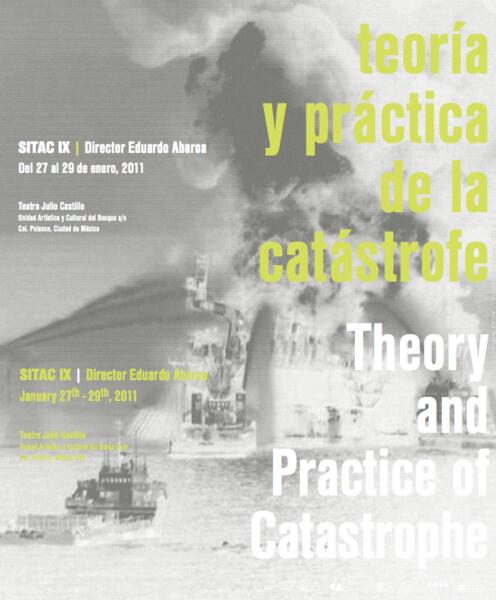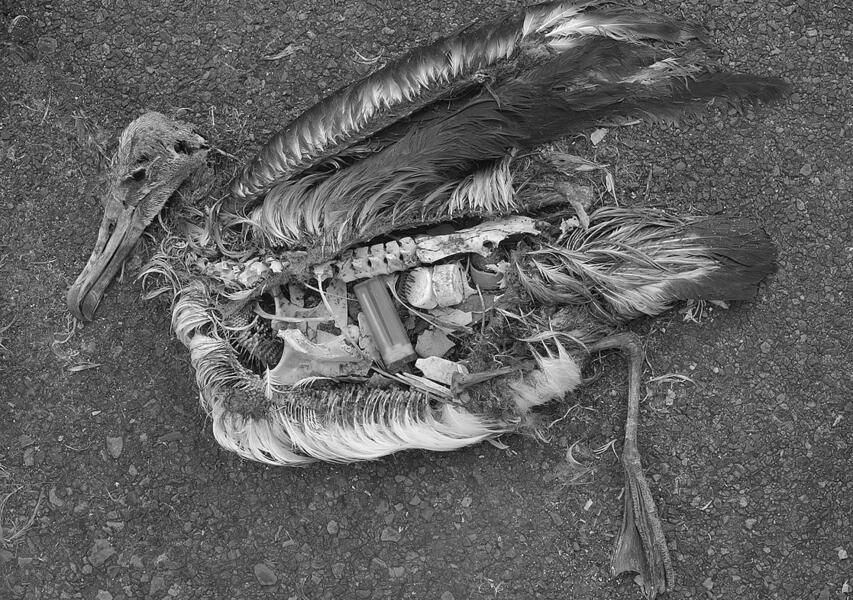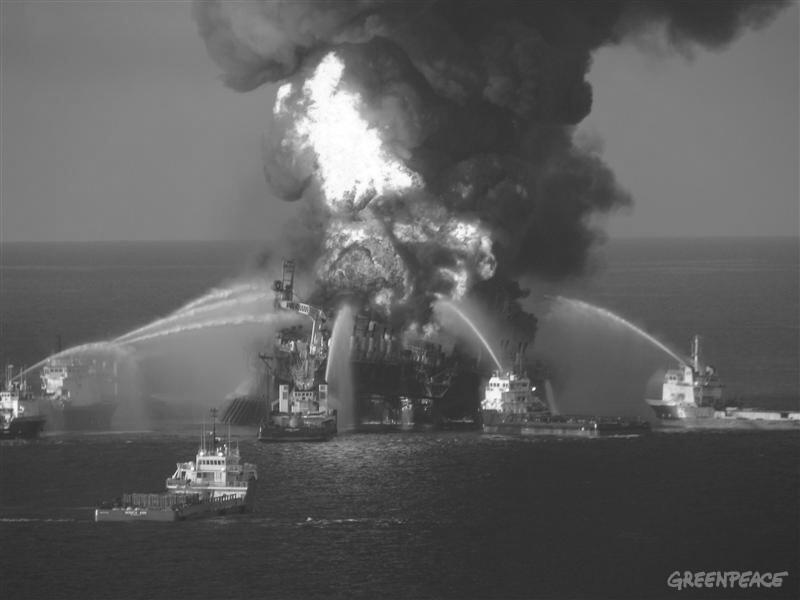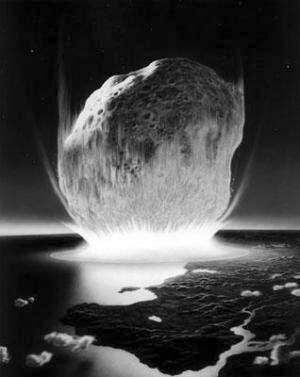The Axis of SITAC IX: Theory and Practice of the Catastrophe
Art struggles with chaos, but it does so in order to render it sensory, even through the most
charming character, the most enchanted landscape.
Gilles Deleuze and Felix Guattari
There's our catastrophe. In the bag. Once more and I'm off.
A line from the character of the director in the play Catastrophe (1982) by Samuel Beckett.
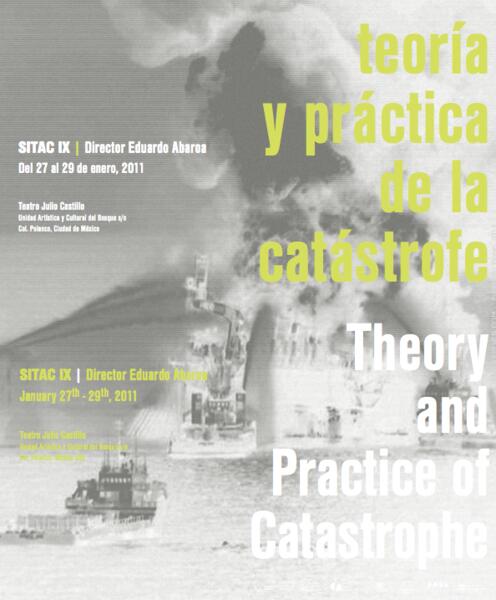
The notion of a catastrophe implies change, crisis or a definitive disaster, after which something will never be the same again: an event of the greatest transcendence for life or the system to which it refers, since it means its inevitable and irreversible transformation. A wide variety of connotations emerges from this simple definition, allowing us to address conjointly areas that are justifiably separated. We seek a multiplicity of themes and foci, an effect of dispersal.
In this symposium we will invite philosophers, artists, curators and writers to discuss the possibilities of an ancient, elusive term that has involved, at least since Aristotle, an element of the dramatic or the tragic – that is to say, of the theatrical. The catastrophic is first and foremost imaginary. Disasters proliferate in the mythic thought of many cultures. Even today, the symbolic power of epidemics, floods, plagues, and other collective disgraces more devastating than death itself has not waned. However empiricist our era might seem, we have confirmed the power of apocalyptic narratives with the emergence of new religious variations, with the great value that disasters hold for the entertainment industry, and finally with their efficacy as tools of political and ideological control. Imaginary catastrophes can be just as terrible as real ones. Many of them are the expression of an intense fear when faced with any relevant change in the state of things. At the beginning of this millennium we are familiar with many versions of the final judgement that serve as effective alibis behind which to hide tangible calamities caused by a generalized inertia.
If impersonal events that occur in the world such as earthquakes, epidemics and droughts form an inescapable part of human experience, the misfortunes that some human groups have inflicted on others define the evolution of civilizations. In the world today it is possible to recoil in horror not only from violence and war but also from great economic failures that affect the lives of tens of millions of people. In our time, natural catastrophes and those provoked by humanity seem to converge in the massive destruction of ecosystems. There are ever more examples of how economic and political domination within globalized systems of production very often bring with them drastic, pernicious, definitive effects on populations and also on the environment.
Today we can affirm the development of a much greater consciousness of the damage that human activity has wreaked on its own surroundings. As evidence of this we can mention the increasing number of floods and forest fires caused by climatic disaster, out-of-control oil spills, the over exploitation of all kinds of resources or the disappearance of living species on a scale incomparable to that of other eras. The role played in this debacle by technologies developed within just the past few centuries is undeniable, but it still remains to be determined whether techno-scientific development affords an option not to halt, but at least to offer a new direction in the transformation of the planet.
To our favor, contemporary science is becoming increasingly familiar with extreme phenomena. Advancements in these studies have been vertiginous, beginning with the mathematician René Thom's Catastrophe Theory, the ideas of Ilya Prigogyne, and even the relatively recent Chaos Theory. Scientific emphasis on stability and regularity has given way to the study of turbulence, bifurcations and breaking points, revealing heretofore unimaginable complexities. Today we understand living creatures as enormous compendia of small-scale catastrophes. Scientists do not hide their astonishment at tsunamis, the self-organization of water molecules, or the transformation of grasshoppers into a plague of lobsters. We even face the possibility that the acceleration of human knowledge is ushering nature and humanity into totally different, unknown phases.
These dynamics developed recently in the sciences have also had an intoxicating effect on
culture. Art itself is inseparable from disaster or the critical moment. Works of art, as Deleuze and Guattari once wrote, are expressions of a chaosmos, a harmonic order that nevertheless implies a gaze into the abyss. Artists seek out precisely those fissures where explanations crumble, losing their customary meaning. They make visible the terrible fullness of life through a series of crisis. Art is not just the passive contemplation of existence, nor a simple denunciation, however important it might be. It can also challenge us to confront the darkest corners of our psyche, allowing for a better understanding of ourselves and our fellows in the midst of danger and suffering. Our more important aim is to depart from amazement or sublime fascination, and head toward a greater critical capacity toward the times in which we live. As Susan Sontag proposed, we should let atrocious images haunt us.

